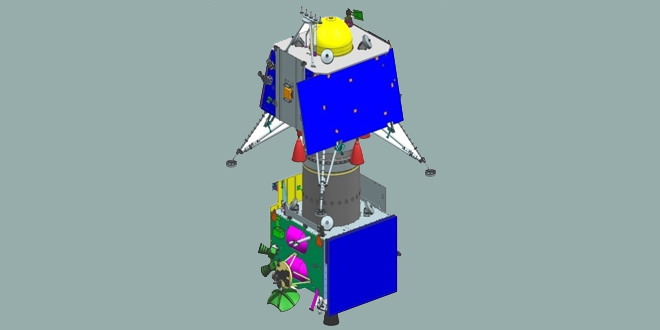
Chandrayaan-2, India's second lunar mission, has three modules namely Orbiter, Lander (Vikram) & Rover (Pragyan). Photo: ISRO.
BENGALURU (PTI): India successfully launched the indigenously-developed Hypersonic Technology Demonstrator Vehicle (HSTDV) in its maiden test from a base off the Odisha coast on Wednesday.
The HSTDV was successfully test-fired by the Defence Research and Development Organisation (DRDO) from Launch Complex-4 of the Integrated Test Range (ITR) on Dr Abdul Kalam Island in the Bay of Bengal at 11.27 am, DRDO sources said.
A Defence Ministry statement said the DRDO launched the technology demonstrator vehicle to prove a number of critical technologies for futuristic missions.
"The missile was successfully launched. Various radars, telemetry stations and electro-optical tracking sensors tracked the vehicle through its course. The data has been collected and will be analysed to validate the critical technologies," it added.
Though the Defence Ministry termed the test firing of HSTDV as successful, military sources said all the objectives of the maiden test of the platform were not met.
They said the scientists involved in the project were looking into the outcome of the test results.
The HSTDV is an unmanned scramjet demonstration aircraft for hypersonic speed flight, it can cruise at a speed of mach 6 and move up to an altitude of 32.5 km (20 miles) in 20 seconds, the sources said.
Besides its utility for long-range cruise missiles of the future, the dual-use technology will have multiple civilian applications also. It can be used for launching satellites at low cost too, they added.
Describing the maiden trial of the HSTDV as successful, a DRDO scientist said, "The new technology demonstrator vehicle was tested and the observations made by the radars and tracking sensors showed that it was a success."
The trial was carried out in the presence of senior scientists and defence officials, including DRDO Chairman G Satheesh Reddy and ITR Director B K Das.
The HSTDV can move up to an altitude of 32.5 km in 20 seconds and once it is achieved successfully, India will enter a select club of countries that have such technology.
"The HSTDV project, through which we want to demonstrate the performance of a scramjet engine at a low altitude of 15 to 20 km, was on for a couple of years.
"Under this project, we are developing a hypersonic vehicle to be powered by a scramjet engine," a DRDO scientist associated with the programme said.
The initial trial seeks to validate the aerodynamics of the air vehicle as well as its thermal properties and scramjet engine performance.
The HSTDV cruise vehicle is mounted on a solid rocket motor, which will take it to a required altitude, and once it attains certain mach numbers for speed, the cruise vehicle will be ejected out of the launch vehicle. Subsequently, the scramjet engine will be ignited automatically.
A battery of tracking system was positioned to track the event, the sources said.
 Previous Article
Previous Article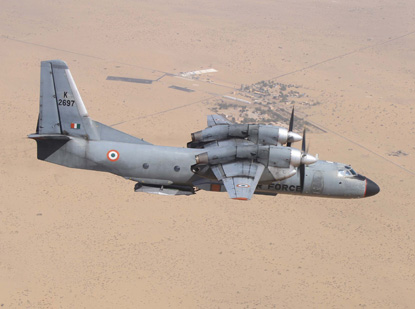 Next Article
Next Article

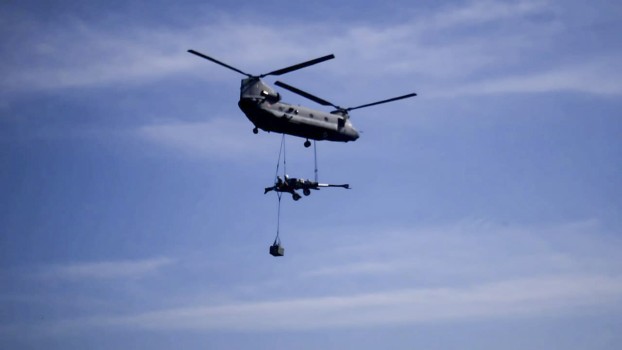


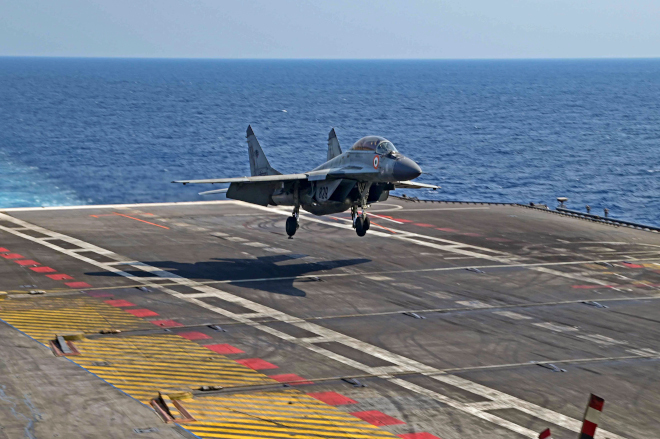
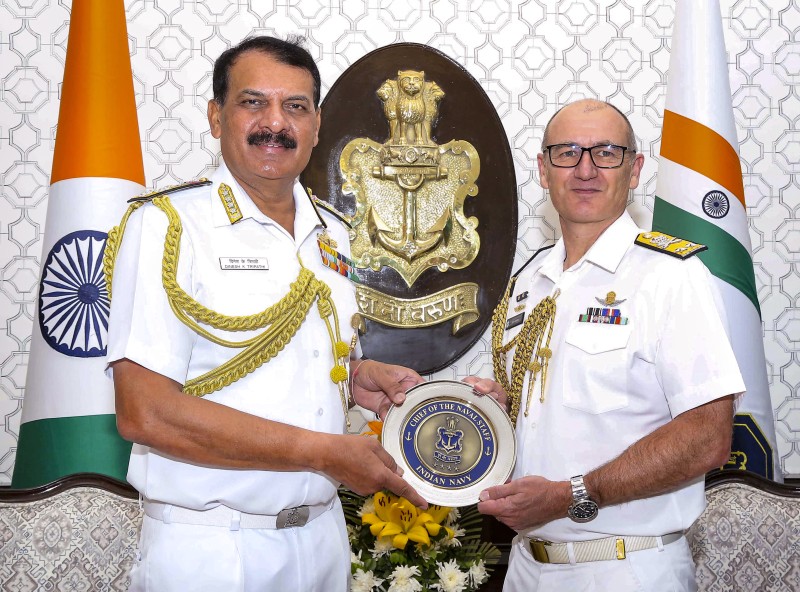







The Indian Air Force, in its flight trials evaluation report submitted before the Defence Ministry l..
view articleAn insight into the Medium Multi-Role Combat Aircraft competition...
view articleSky enthusiasts can now spot the International Space Station (ISS) commanded by Indian-American astr..
view article